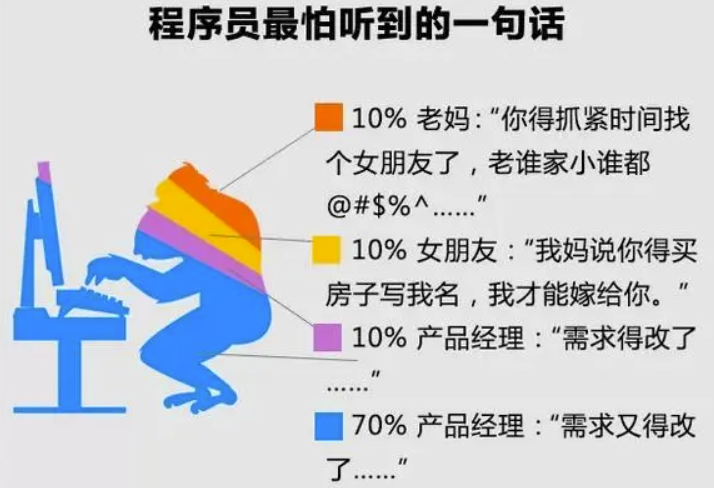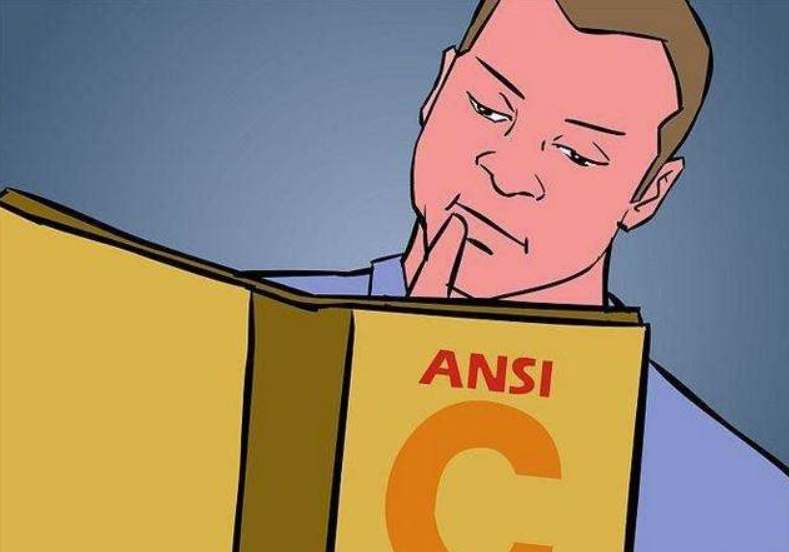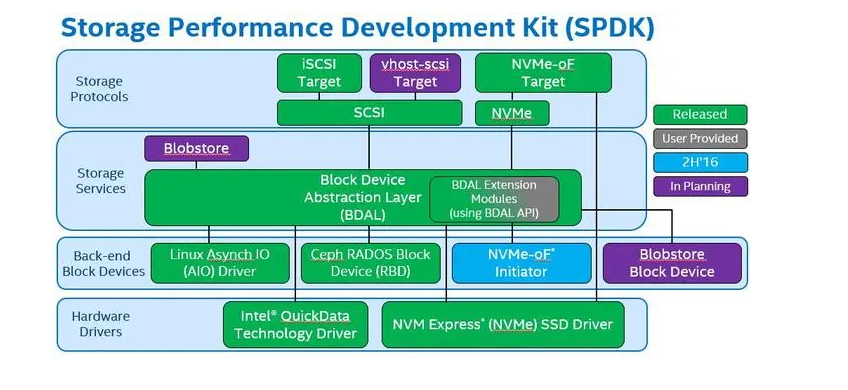It seems like you are asking about the Fermi surface of a material. The band structure of this material appears to be relatively simple, involving only three Fe orbitals near the Fermi level. The hole pockets around a certain point originate from Fe dxz and dyz bands that are degenerate at that point and form two nearly perfect concentric cylinders. The electron surfaces can be better understood by considering that the underlying Fe layer forms a square lattice with a certain period. The corresponding 2D Brillouin zone is twice larger and rotated by 45 degrees.
If we could ‘unfold’ the Fermi surface, we would find the same two hole pockets at another point and one electron pocket around yet another point in the large Brillouin zone. This electron pocket is formed by the dyz band (or dxz near another point) that starts below the Fermi energy, disperses up along certain directions, and is practically flat along other directions. This band is hybridized with the dxy band (or dx2-y2 in a certain cell), which starts at an energy above the Fermi energy and is instead dispersive along other directions. Upon hybridization, these two bands yield an oval cylindrical electron pocket elongated along certain directions.
I hope this helps! Let me know if you have any further questions or if I can assist you with anything else.





















